Orchids are everywhere! The days of only buying expensive orchids from a green house nursery are over. You can find orchids, at crazy affordable prices, at grocery stores and big box stores like Home Depot, Lowes, Sam’s, and Costco. Chances are you received an orchid as a gift for Valentine’s Day, Mother’s Day, a hostess gift, etc. You have this beautiful plant in your hands and let’s say you classify yourself as a brown thumb (but you’re a wanna-be green thumb), so now what? Do not fret. Orchids are actually EASY to grow and are so rewarding with blooms that can last for months! Once you read these easy tips, How to Grow Orchids – a beginner’s guide, you will be hooked on orchids forever!
Choosing an Easy Orchid
The easiest orchids to grow are Phalaenopsis Orchids. Their common name is Moth Orchids. These are the orchids that you will find 90% of the time in your grocery stores. The cost ranges on average from $12-$20 per potted orchid plant. They come in a vast array of color choices and are the easiest to grow. Their blooms will last for at least a month or more and moth orchids will rebloom a few times a year. More easy to grow varieties are Odontoglossum, Oncidium and Miltonia orchids. Orchids are essentially air plants, deriving their nutrients from the water and air instead of the soil and do not need a ton of attention.
Light & Location
Orchids need bright but not necessarily direct light. I have tested this for several years. The moth orchids will tolerate direct sunlight during the winter only, but not at all during the summer. Hot, summer direct sunlight will scortch the orchid leaves and quickly kill your plant. The optimal location for orchids is either a southern or western exposure with bright yet indirect light.
Humidity & Watering
Orchids love humidity but will not tolerate overwatering. Over watering is the number one reason for plant death. There are a few watering methods that you can try.
- Watering: One is the ice cube watering method which suggests adding 3-5 ice cubes per week to the top of the soil. This method allows for the slow melting of the ice cube and suggests maximum absorbtion of the water into the loose, wood chip based soil. The other watering method is to simply drizzle 1/4 cup of water each week or so slowly onto the top soil of the orchid plant and allow any excess water to drain out below. I have found that either method works just fine. Water orchids approximately every 10-14 days. After orchids finish blooming you can cut back a bit on the watering frequency. The plants go through a resting period. Once you see new growth emerge again then increase your watering frequency.
- Humidity: Because the orchids thrive in high humidity it doesn’t hurt to mist them with water from time to time, especially in the dry winter months or wipe the dust off their leaves with a wet cloth. But if you are not feeling so attentive, then consider keeping your orchid in a bathroom (which ample sunlight of course). Orchids love that steamy shower moisture! Not to mention, they help give your bathroom an instant spa motif! My white orchid loves it’s floating shelf location in our master bathroom.
Fertilizing
Ideally you should fertilize orchids once a month to achieve the healthiest orchid with an abundance of blooms, but if you don’t then do not fret. I recommend using a fertilizer specifically made for orchids. Other types of fertilizers can be too strong for the orchid.
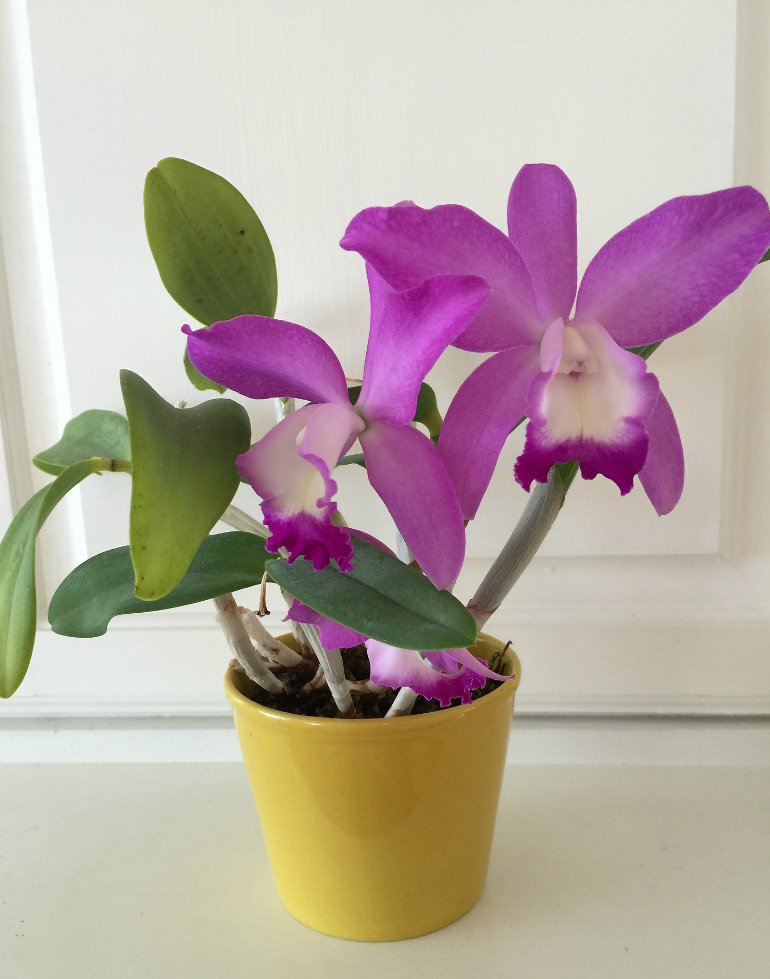
Repotting & Soil
If you are a beginner orchid gardener then the chances of you having the desire or ambition to repot your new orchid is slim to none. But if you are so inclined then you need to know a few basic things. Orchids need a very coarse, loose, well draining soil. You can purchase specific Orchid soil from Amazon (affiliate link) or a garden center. Orchids enjoy soil that is comprised of bark, moss, vermiculite, perlite, etc. This is very similar to what succulents thrive in also. The coarse orchid soil allows air to circulate easily around the roots.
The best planter to choose for your orchid is a plastic planter. Terracotta pots will absorb too much water. Hate the look of plastic? No problem! Simply place your plastic potted orchid inside a more decorative ceramic planter. This also allows for better drainage incase of overwatering. (Be sure never to overwater!)
Not Reblooming? Chill out!
Orchid blooms can last for well over a month and then enter a dormant stage. Cut any withered stems back, but only to the point where the withering stops. If it has been awhile since your orchid has bloomed (2-3 months) and you are ready to toss it and give up. I say chill out… literally. Orchids love cool nights. Place your orchid on a window sill or near a window where it will receive slightly lower temps at night. This simple step can help trigger the reblooming process.
Follow these tips on how to grow orchids and you will be enjoying the fruits of your efforts for years to come!
KIM
You might also like:
10 House Plants that Clean the Air
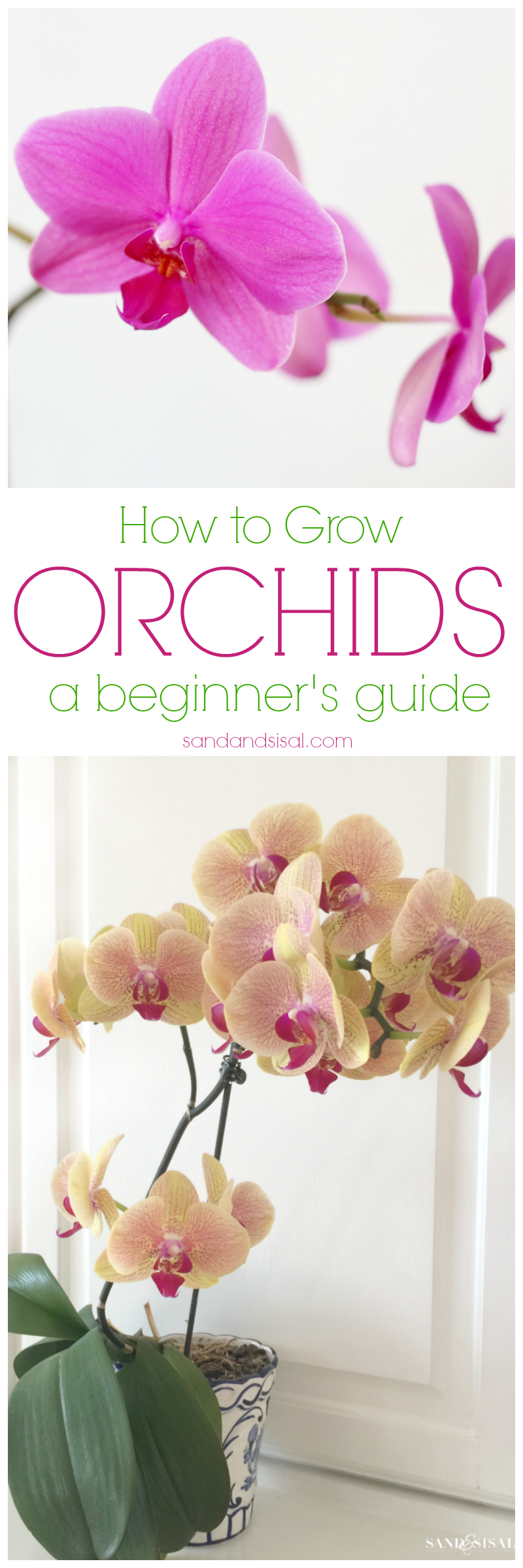
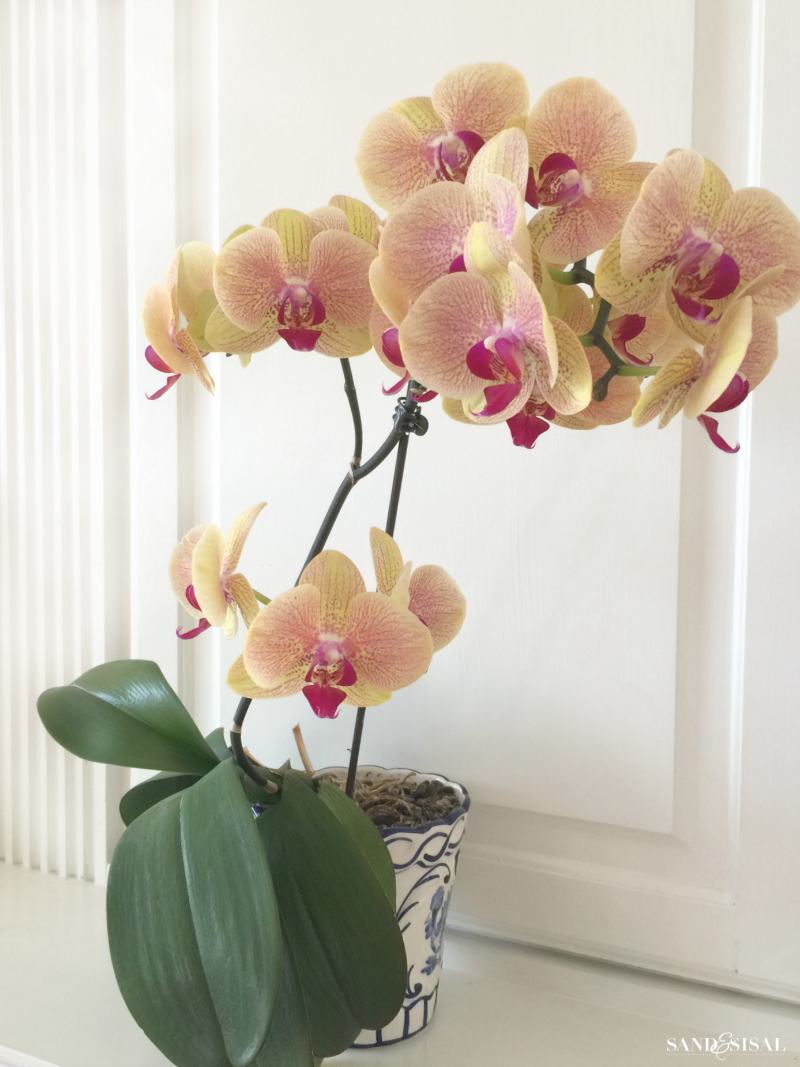
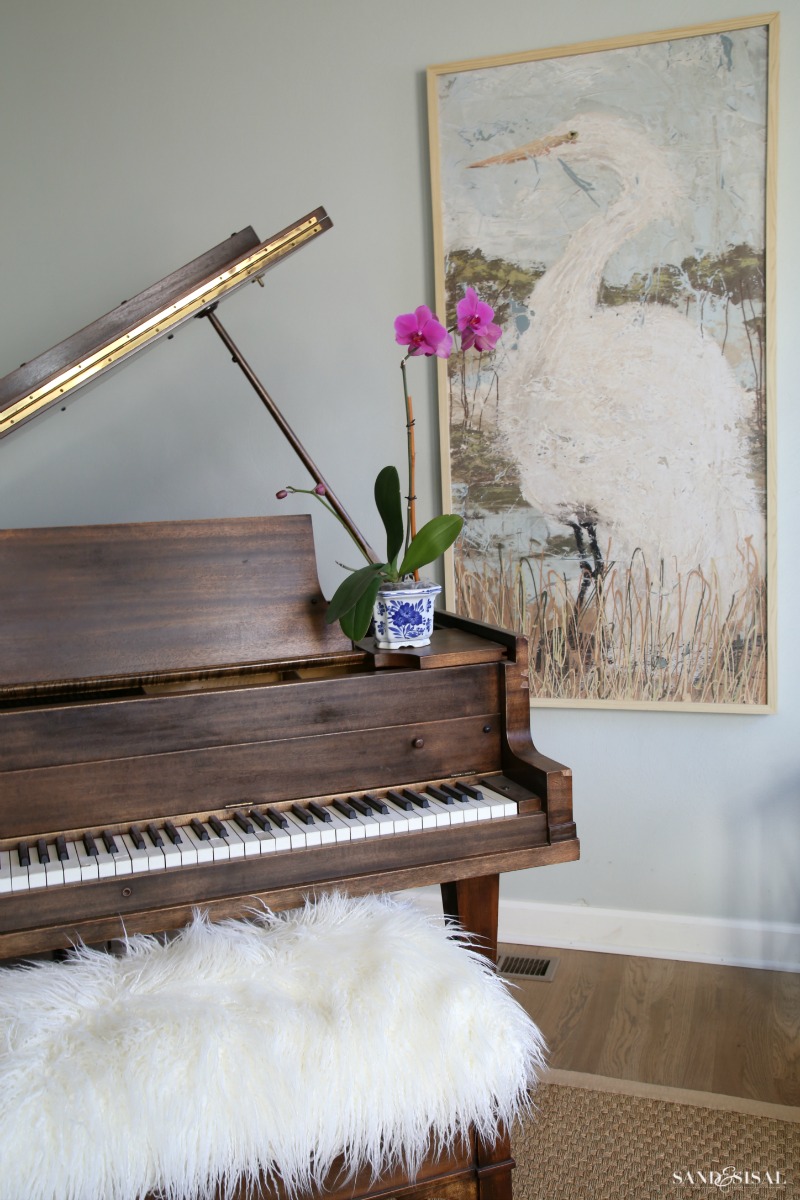
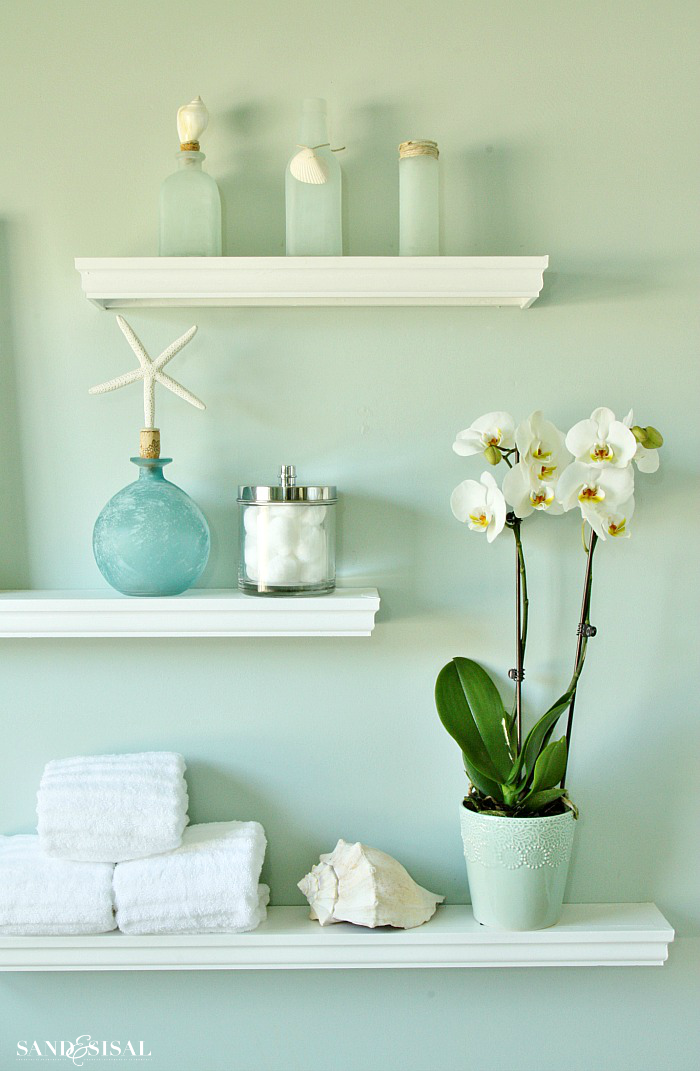
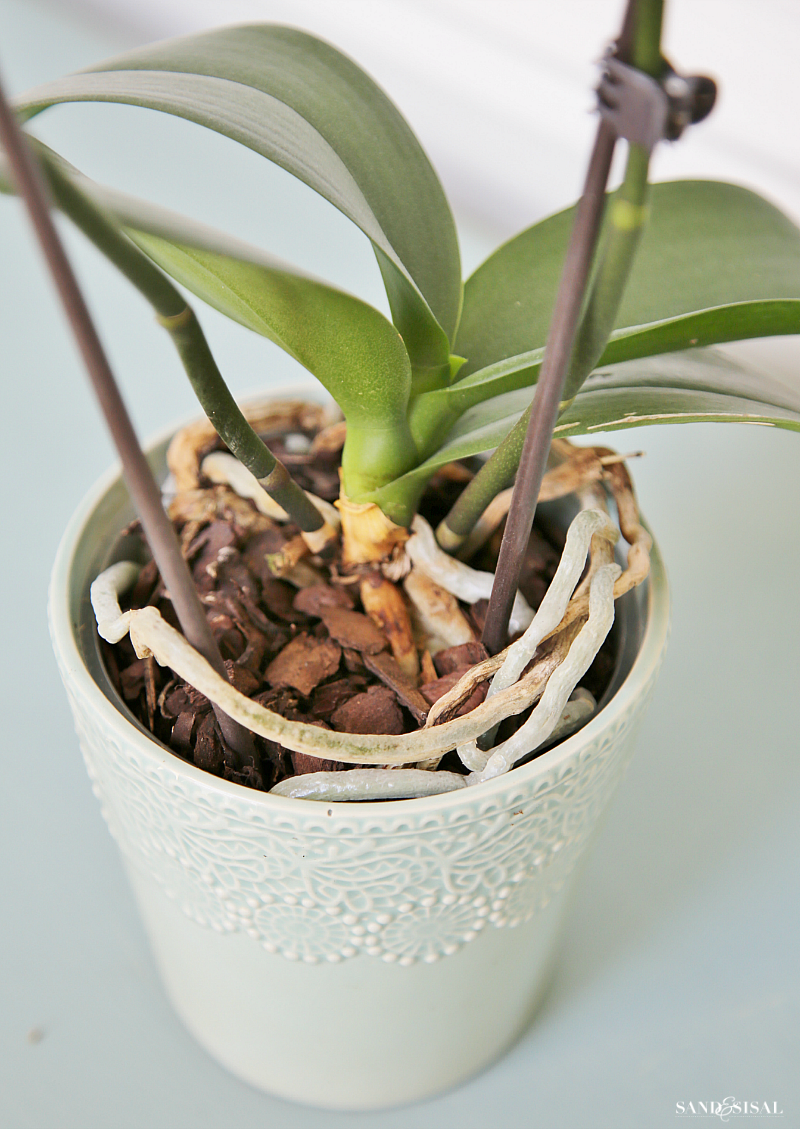
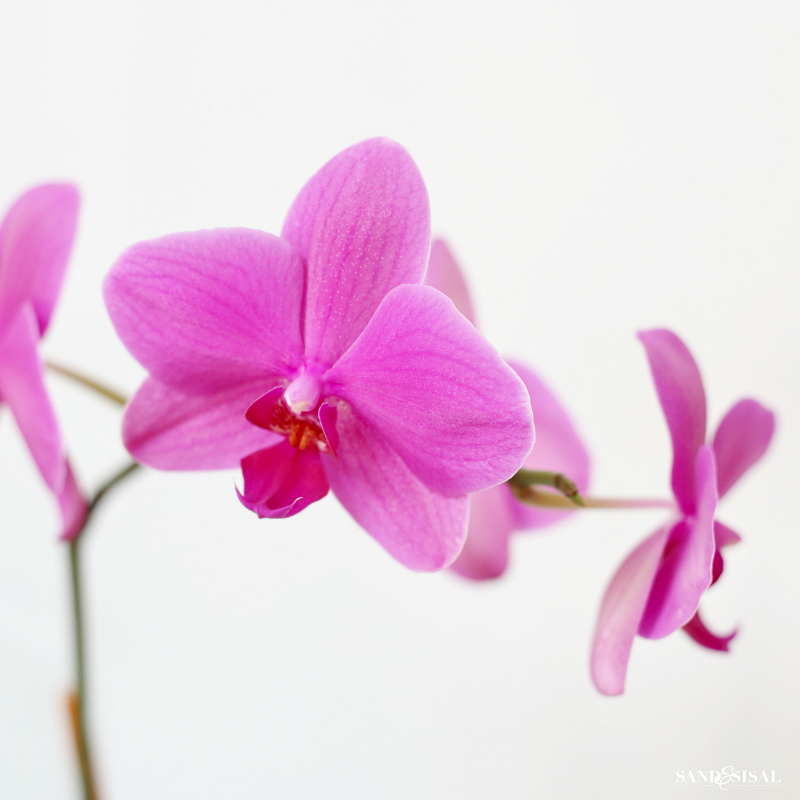
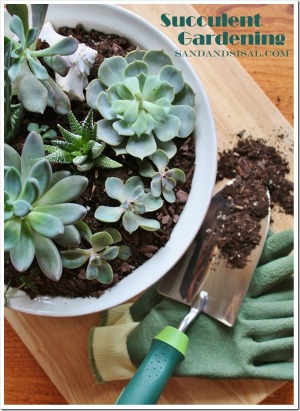
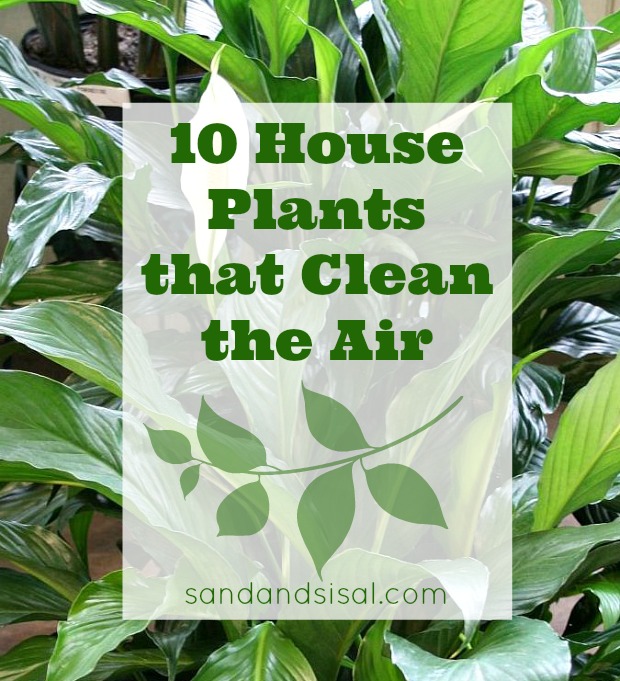
![How to Force Tulip Bulbs in Water - Sand & Sisal[9]](https://www.sandandsisal.com/wp-content/uploads/2013/02/How-to-Force-Tulip-Bulbs-in-Water-Sand-Sisal9.jpg)
Thank you for these tips! I love orchids – pinning!
I found your post on Pinterest, Thanks for sharing this guide, but do you think your plastic planter is big enough, mine is bigger.
Thank u for Shearing your tips. I can us them .
Greats from Belgium. Sabien.
You have inspired me to keep trying with orchids. I love the look so much but I don’t exactly have a green thumb! Thanks for the tips!
Shelley
We were gifted with an orchid and have never tried maintaining one. So I really appreciate this advice. Thanks!
They are so easy to maintain! Just keep it near bright light and don’t over water it! Orchids are the gift that keep on giving!
I recd an orchid for Mothers Day and all blooms have fallen off abd leaves are starting to turn yellow. Not sure what to do. Live in apt. In palm desert so its hot here now.
Hi Evangeline. It sounds like you are overwatering. It’s not uncommon for the lowest leaf to turn yellow and fall off but all the leaves should not be yellow. Make sure no water is sitting in the bottom of the pot and stop watering for 3 weeks. Make sure you place the orchid by bright light but not necessarily in full direct sun, especially since you live in such a hot place. Cut off the stem that held the blooms too. Hope that helps!
Hi, I have what I think is scale on my Phalenopsis, tiny hard shell bugs stuck to the leaves and stems,sucking the life out of them! I control them somewhat by giving them a monthly bath in a deep sink of tepid water. Is there something else to try?
Hi Elaine! You can try neem oil, but if the infestation is bad then it’s just best to throw the plant away. I’ve tried several times controlling infestations without success on my majestic palms. I’m sorry. Scale is awful and it will spread to other plants in your home. Be sure to wash any planters really well before using them again. So sorry. ~ KIM
Thank you! I take my mother grocery shopping and she bought one. Being intrigued I verbalize how difficult it must be. A lady in the next aisle heard me and told me most of what you just said. This is actually a Valentine’s gift for me so I am quite excited to care for this beauty.
Yay! Enjoy your pretty orchid laura! I highly recommend buying flowers for yourself, especially ones that give back again and again like orchids. 😉 I have gathered a large collection and they never fail in delivering joy a few times a year.
Today I saw some orchids In wire pots with long roots hanging down as much as 2 feet. Is this how they’re supposed to be grown or would I put them in a pot? How would I water them??
Hi Chris! Orchids grow naturally in the wild on the sides of trees and dead wood. They shoot out very long roots from which they gather their nutrients from essentially just the air and their humid, tropical climate. You can leave them the way they are in the hanging wire pots or you can very carefully transplant them into a container. Just be sure not to damage the roots. There are a lot of really great YouTube videos and tutorials out there on transplanting orchids. If you Google “how to transplant orchids”, you will see a ton. Hope that helps! ~ KIM